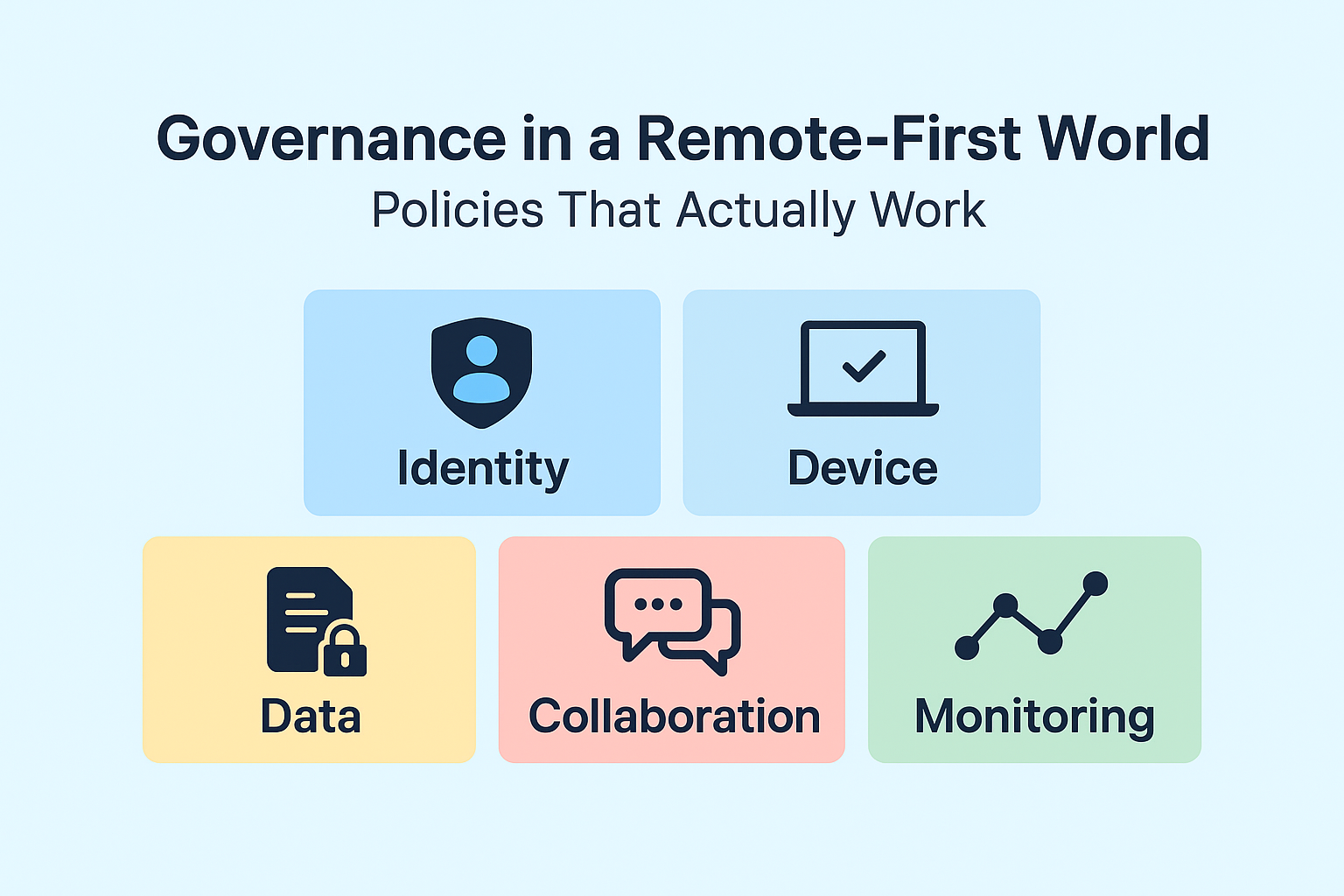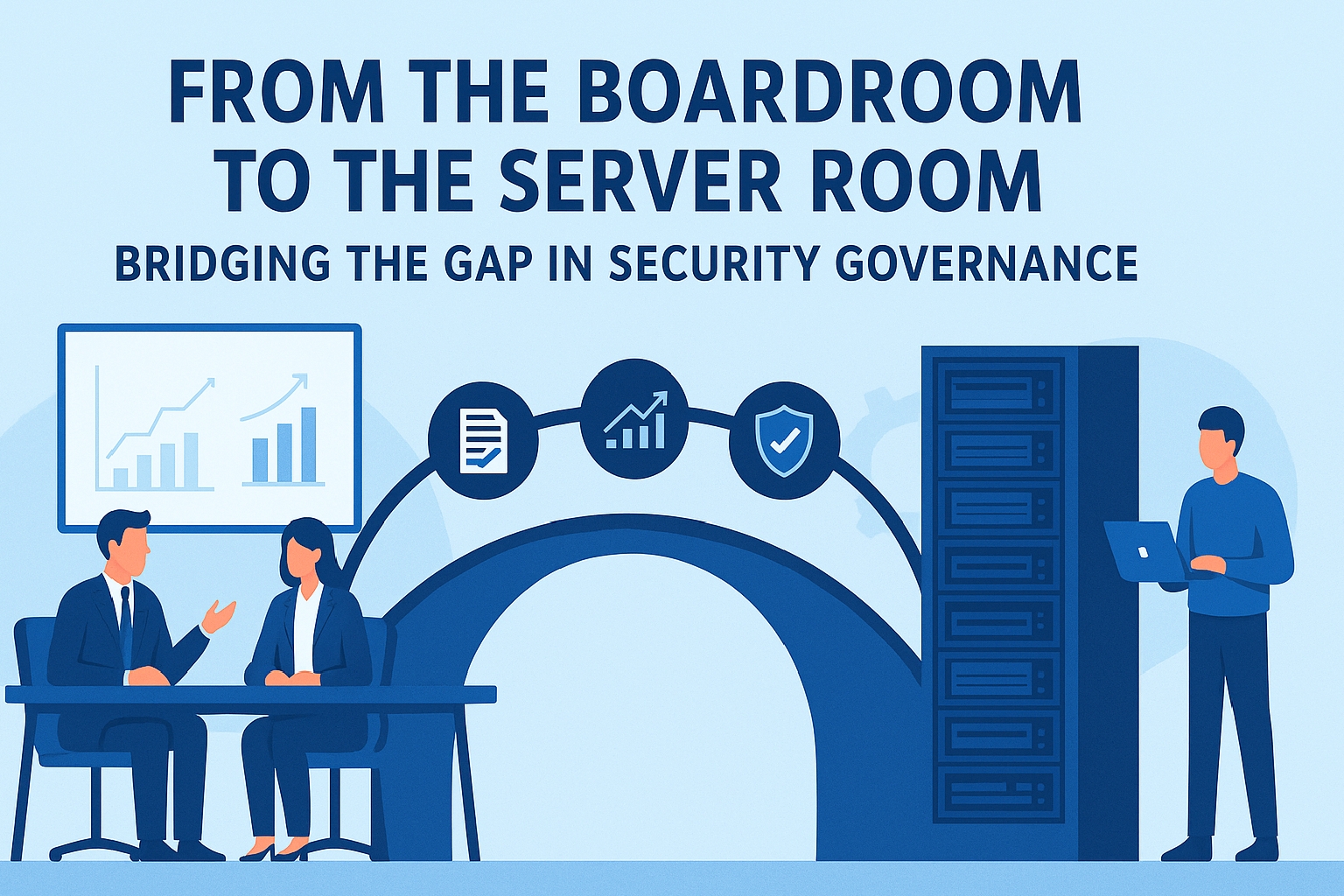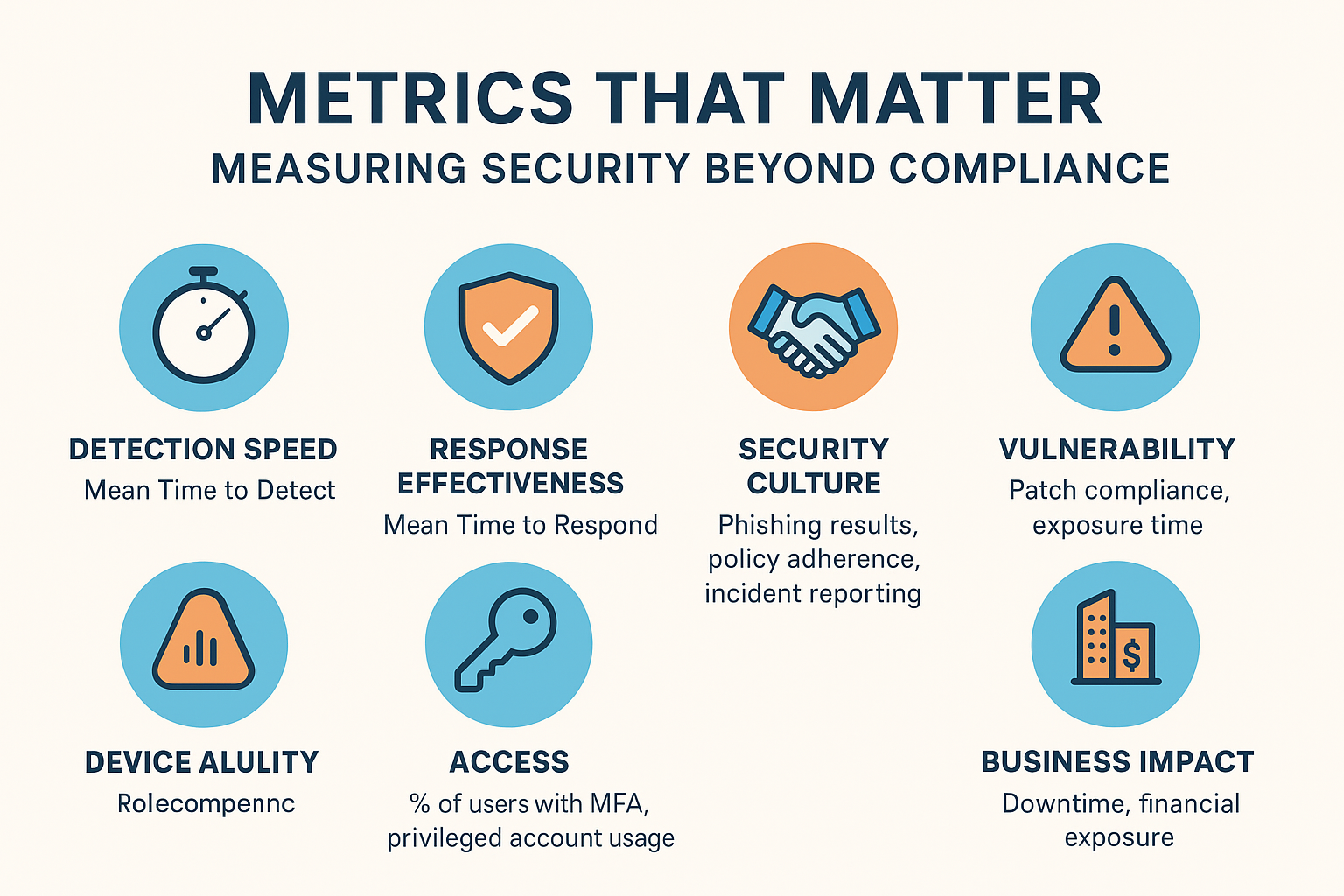
Post Review: This article translates security governance into actionable practices for remote and hybrid teams. You’ll get policy patterns, control objectives, and a rollout plan that balances protection with productivity.
Governance in a Remote-First World: Policies That Actually Work
Remote and hybrid work have permanently changed how organizations operate. Strong security governance must meet people where they work: across devices, networks, and jurisdictions. This guide focuses on what to govern, how to enforce, and how to gain adoption without slowing the business.
1) Identity-First Access (Who are you?)
Identity is the new perimeter. Policies should require:
- SSO + MFA everywhere: All users, all apps (including SaaS), phishing-resistant methods preferred.
- Role-Based & Just-In-Time access: Least privilege with time-bound elevation for admins.
- Conditional Access: Evaluate user risk, device posture, geolocation, and session context.
2) Device Trust (What are you using?)
Remote devices vary widely. Standardize with:
- MDM/EDR baseline: Encryption, screen lock, patching, anti-malware, USB policy, disk encryption.
- Compliance gates: Block access to sensitive apps if device posture is non-compliant.
- BYOD guardrails: Containerized work profiles, remote wipe of corporate data only, clear user consent.
3) Data Protection (What are you touching?)
- Classification & handling rules: Public, Internal, Confidential, Restricted—each with approved channels.
- DLP & eDiscovery: Monitor exfiltration paths (email, cloud sync, clipboard, print, USB).
- Encryption: At rest and in transit; client-side or E2EE for sensitive collaboration.
4) Collaboration Standards (Where do you work?)
- Approved tool list: Specify sanctioned chat, storage, conferencing; block or monitor unsanctioned apps.
- Meeting hygiene: Waiting rooms, authenticated attendees, recording policy, watermarking as needed.
- External sharing rules: Expiring links, read-only by default, owner review for sensitive data.
5) Shadow IT & SaaS Governance
- CASB/SaaS Security: Discover usage, assess risk scores, enforce controls.
- Rapid intake process: Lightweight review so teams can adopt tools quickly—with guardrails.
6) Monitoring, Logging, and Privacy
- Centralized logs: Identity, endpoints, SaaS, and network telemetry streamed to SIEM.
- Privacy by design: Transparent user notices; data minimization; region-aware retention.
- Behavior analytics: Detect impossible travel, mass downloads, anomalous sharing.
7) Incident Readiness for Remote Teams
- Tabletop with remote scenarios: Lost laptop, compromised SSO, leaked share link, OAuth token abuse.
- Remote containment playbooks: Quarantine devices via EDR, revoke sessions, rotate keys, legal/comms templates.
8) Legal & Regulatory Alignment
- Cross-border access: Data residency, transfer mechanisms, vendor DPAs.
- Sector controls: Map policies to frameworks (ISO 27001, SOC 2, NIST, GDPR, PCI DSS) and show coverage.
9) Metrics That Matter
- MFA coverage rate and phishing-resistant adoption
- Compliant device percentage and mean time to patch
- Restricted data in sanctioned systems vs. unsanctioned
- Mean time to detect/respond for remote incidents
- Policy acknowledgment & training completion by role
10) Rollout Plan (Make it stick)
- Co-design with users: Pilot with remote champions; gather feedback.
- Stage controls: Monitor-only → warn → enforce; avoid “Day-1 hard stops.”
- Communicate why: One-page visuals, short videos, role-specific FAQs.
- Enablement first: Provide how-tos and self-service wherever possible.
- Review quarterly: Treat policies as living documents.
Quick Reference: Remote Governance Policy Template
Title: Remote & Hybrid Work Security Policy Scope: All employees, contractors, and devices accessing corporate data Principles: Identity-first, least privilege, device compliance, data minimization Requirements: - MFA for all apps; conditional access with risk evaluation - Devices enrolled in MDM/EDR; encryption and patch SLAs - Data classified; DLP rules for email/storage/print/USB - Use only approved collaboration tools; external sharing expires by default - CASB monitoring; intake for new SaaS - Centralized logging; privacy notices and retention rules - Remote incident playbooks; quarterly tabletop exercises Exceptions: - Risk acceptance process with business owner and CISO approval
Conclusion
Remote work is not a temporary exception—it’s the operating model. Governance that respects how people actually work will earn adoption, reduce risk, and build lasting resilience.

